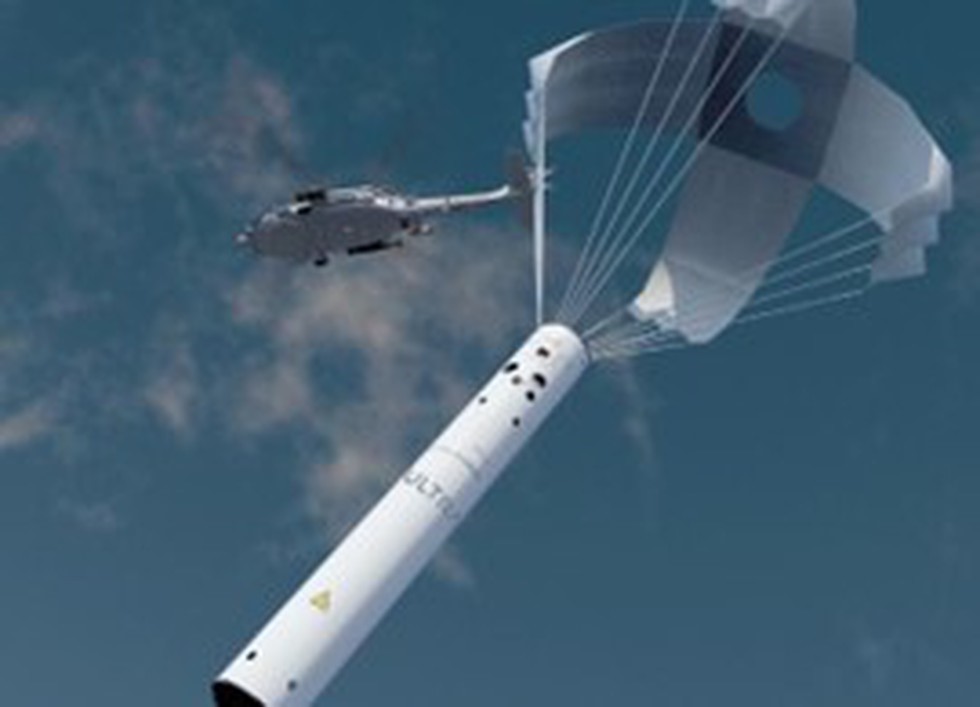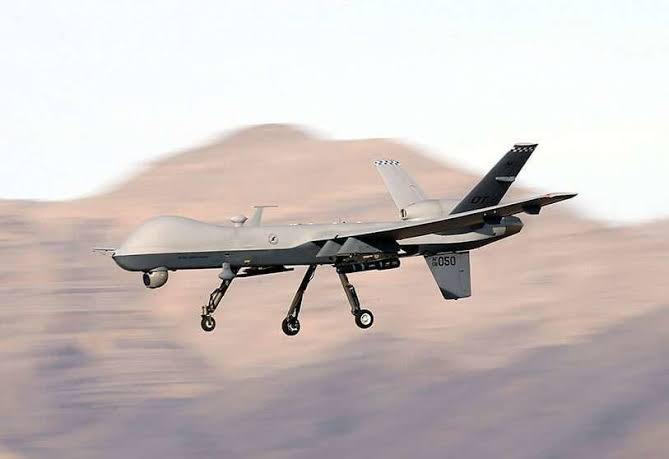Free Courses Sale ends Soon, Get It Now


Free Courses Sale ends Soon, Get It Now



Disclaimer: Copyright infringement not intended.
Context
Details
Deployment
Types
Components
Other Applications

Disclaimer: Copyright infringement not intended.
MQ-9 Reaper (Predator B)
MQ-9B SkyGuardian
MQ-9B SeaGuardian
Integration Benefits
Conclusion
Integrating sonobuoys with MQ-9B Sea Guardian drones significantly enhances the Indian Navy's maritime surveillance and anti-submarine warfare capabilities. This integration provides a valuable tool for safeguarding maritime interests and ensuring regional security.
|
PRACTICE QUESTION Q. Which type of sonobuoy emits a sound pulse to detect and locate targets? a. Passive Sonobuoys b. Special Purpose Buoys c. Active Sonobuoys d. Environmental Buoys Answer: c. |
© 2024 iasgyan. All right reserved